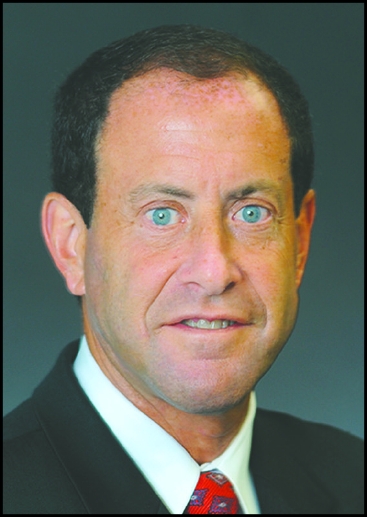Financial Management
NYC Banking on Surge in Transit-Oriented Projects
By PHILLIP ROSS, CPA, CGMA, PARTNER

With transit-oriented development projects on the rise, the Port Authority of New York and New Jersey is also continuing its redevelopment efforts at three major airports. All the while, groundbreaking has finally begun on the Gateway Program in New Jersey and New York.
U.S. Sen. Chuck Schumer announced $6.9 billion for the project in November 2023 with funding that was made possible by the U.S. Department of Transportation’s Federal Highway Administration.
FHWA applications were opened on Dec. 20, 2023 for Bridge Investment grants to support projects of $100 million or less. Applications were available earlier in September for larger projects valued at more than $100 million.
Bridge and tunnel infrastructure represent some of the largest projects in the US, where federal assistance is welcome. U.S. Sec. of Transportation Pete Buttigieg has committed support for financing here in New York together with Polly Trottenberg, U.S. Deputy Secretary of Transportation. Ms. Trottenberg’s local interest and support is derived from her previous services as New York City’s Director of Transportation under Mayor Bill DeBlasio and transportation policy chief for Sec. Schumer.
In addition to larger nationally recognized improvements that benefit New York State, funds from the Bipartisan Infrastructure Law passed two years ago are taking shape with projects that are intended to upgrade and improve mass transit capacity and modernization throughout the metro area. Beneficiaries include the MTA’s many capital projects as well as plans that will modernize subways and rail systems with renovations, track improvements and more reliable, digital signal systems.
Opportunities exist as projects remain in various stages of completion. The highly celebrated East Side Access was recently completed to the LIRR at Grand Central Station where new tunnels have connected the LIRR to the East Side of Manhattan for convenient transportation from Midtown. Other contractor opportunities include Penn Station’s redevelopment. The project once completed will better serve commuters with increased capacity and an upgrade on passenger experience. New developments include convenient retail establishments and increased access points for those using Amtrak, the LIRR and New Jersey Transit service lines.
In other parts of the city, the second phase of the Second Avenue Subway line is being planned for the extension of the current subway system from 96th Street over to 125th Street in Harlem as a major improvement for additional access on the Upper East Side of the city. Projects also include the “Brooklyn – Queens Connector,” which is proposed to run along the waterfront to connect multiple neighborhoods as a new transportation option for geographies that do not currently have a subway service line. Another proposal includes transforming the freight line from Bay Ridge to Manhattan with a modern passenger rail line.
As mass transit improvements will continue to be a top priority for the city, the MTA board has approved the congestion pricing plan, despite political, partisan, and other objections to the bill going forward. Congestion issues have become increasingly urgent as the number of private vehicles in the city has risen beyond pre-pandemic levels, holding the potential to threaten service and other emergency vehicles’ ability to move throughout the city. The ultimate success of congestion pricing will depend on the MTA’s ability to secure continuous investment for increasing efficiency and new development of the city’s subway system, as well as other forms of alternative transportation that serve the needs of commuters and city dwellers who would typically choose private vehicles as a means of transportation. E-enforcement, including tolls, monitoring, and maintaining these systems will likely become constant challenges once implemented. In addition, reworking and improvements to city sidewalks and streets will present an additional level of complexity, as the city moves forward with the implementation of pricing plans and policies.
Overall, improvements to public transportation aim to ensure New York remains a mass transit city. Mass transit is critical to the economic success of the city. Today, the MTA is doing better than ever in terms of budgeting, reliability, and ridership numbers. As a milestone, ridership reached 1 billion trips for November 2023, ahead of 2022’s prior ridership numbers that reached 1 billion six weeks later at the end of December. The goal of the operation is to serve more people while becoming more reliable and equitable than ever before.
As New York invests in infrastructure and mass transit, planned capital projects present themselves as new opportunities for the construction industry.
About the author: Phillip Ross, CPA, CGMA is an Accounting and Audit Partner and Chair of the Construction Industry Group at Anchin, Block & Anchin, LLP. For more construction industry thought l
